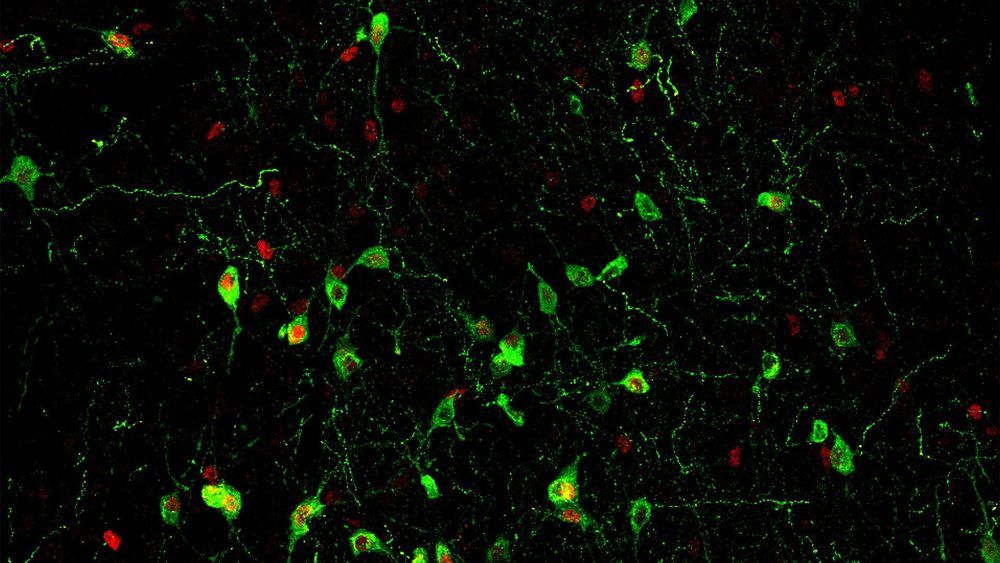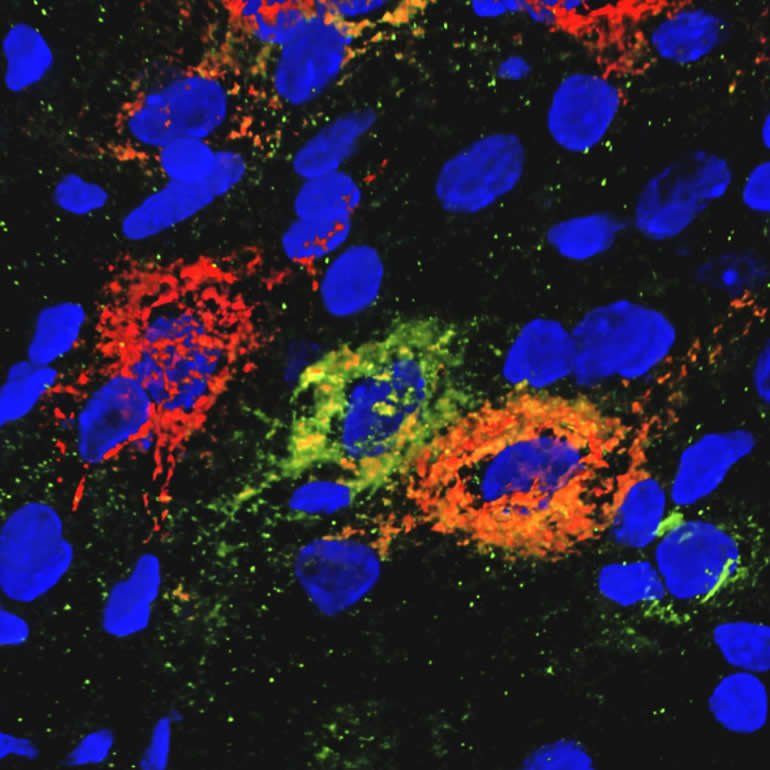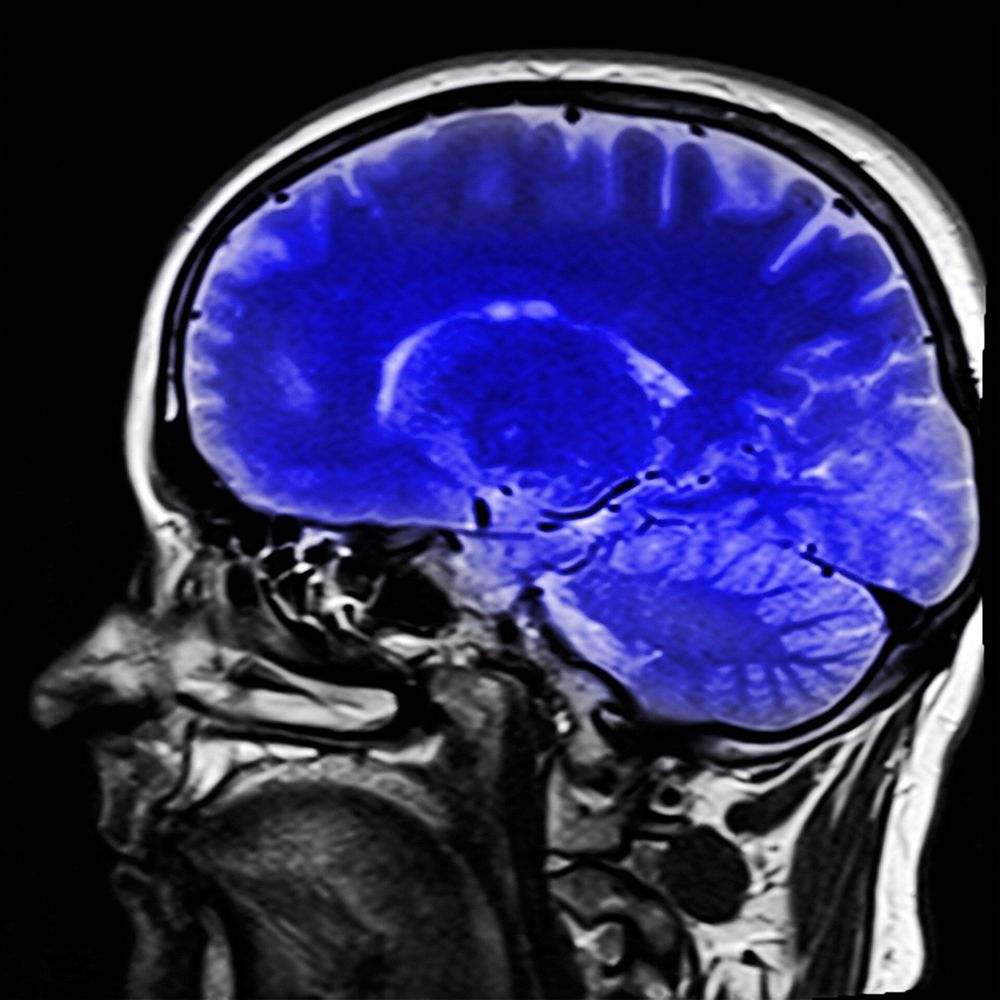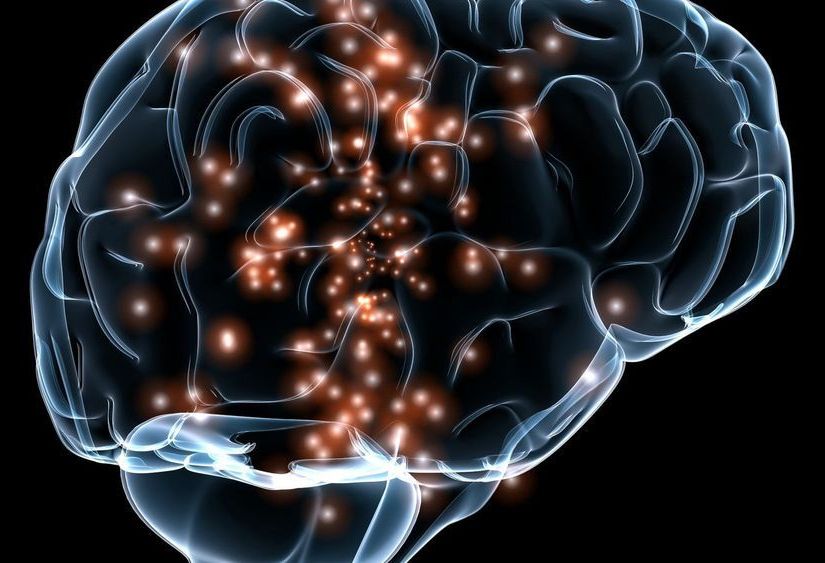People who were children when their parents were divorced showed lower levels of oxytocin — the so-called “love hormone” — when they were adults than those whose parents remained married, according to a study led by Baylor University. That lower level may play a role in having trouble forming attachments when they are grown.
Oxytocin — secreted in the brain and released during bonding experiences such as delivery of a baby or sexual interaction or nursing, even being hugged by a romantic partner — has been shown in previous research to be important for social behavior and emotional attachments in early life. The oxytocin system also has been linked to parenting, attachment and anxiety.
The new study, published in the Journal of Comparative Psychology, delves into an area that has not been well researched — a link between oxytocin, early experience and adult outcomes.
“Since the rates of divorce in our society began to increase, there has been concern about the effects of divorce on the children,” said lead author Maria Boccia, Ph.D., professor of child and family studies at Baylor University in the Robbins College of Health and Human Sciences. “Most research has focused on short-term effects, like academic performance, or longer-term outcomes like the impact on relationships. How divorce causes these effects, however, is unknown.
“Oxytocin is a neurohormone that is important in regulating these behaviors and is also sensitive to the impact of stressful life events in early life,” she said. “This is a first step towards understanding what mechanisms might be involved.”
Previous studies of children whose parents were divorced have found that the experience was associated with mood disorders and substance abuse — behaviors found to be related to oxytocin, Boccia said. Additionally, such childhood experiences as divorce or death of a parent are associated with depression and anxiety in adolescents and adults, as well as with poorer parenting in adulthood, less parental sensitivity and warmth, overreaction and increased use of punishment.
Researchers in the Baylor study examined the effect of the experience of parental divorce in childhood on later adult oxytocin levels. They also asked participants to complete a set of questionnaires on attachment style and other measures.
“What we found was that oxytocin was substantially lower in people who experienced parental divorce compared to those who did not and correlated with responses on several measures of attachment,” Boccia said. “These results suggest that oxytocin levels are adversely affected by parental divorce and may be related to other effects that have been documented in people who experience parental divorce.”
Animal studies also suggest that one mechanism contributing to the negative effects of early parental separation may be suppression of oxytocin activity.
For the latest study, researchers recruited 128 individuals ages 18 to 62 at two institutions of higher learning in the Southeast United States. Of those, 27.3% indicated their parents were divorced. The average age for participants when their parents divorced was 9 years.
Upon arriving at the study site, participants were asked to empty their bladders, then given a 16-ounce bottle of water to drink before filling out questionnaires about their parents and peers during childhood, as well as their current social functioning. The questions addressed their parents’ style, including affection, protection, indifference, over-control and abuse; and their own levels of confidence, discomfort with closeness, need for approval and their styles of relationships and caregiving.
After participants completed the questionnaires, urine samples were collected, and researchers analyzed oxytocin concentrations. The levels were substantially lower in individuals whose childhood experience included their parents’ divorce.
Further analysis showed that those individuals rated their parents as less caring and more indifferent. They also rated their fathers as more abusive. Those who experienced parental divorce during childhood were less confident, more uncomfortable with closeness and less secure in relationships. They rated their own caregiving style as less sensitive and close than did the participants whose parents had not divorced.
“One of the first questions I am asked when presenting this research to other scientists is ‘does how old the child is when the divorce occurs matter?’ That is the most pressing question that we need to explore,” Boccia said.









